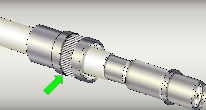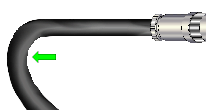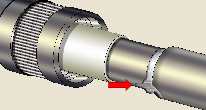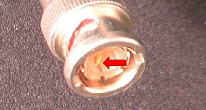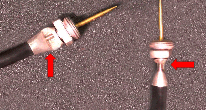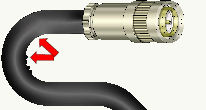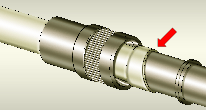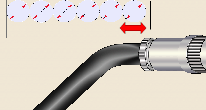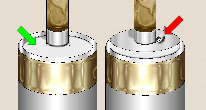COAXIAL
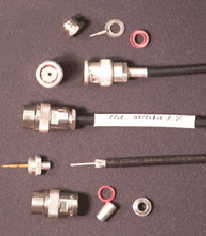
Coaxial is an engineered cable product, typically supplied in the form of a central conductor insulated by a dielectric material, held in concentric orientation to a conductive tubing or sheathing that serves both as an EMI/RFI shield and as a return circuit path.
Coaxial systems are available in different technologies, ranging from flexible, insulated cable; to semi-rigid and rigid metallic sheathed.
The selection of a particular coaxial cable technology involves the careful consideration of the specific electrical, mechanical and environmental requirements of the project.
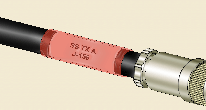
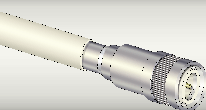
PREFERRED
FLEXIBLE CABLE
Cable dimensions and layout meet design requirements, with smooth bends and sufficient stress relief. Connector backshell is properly assembled and torqued. Cable insulation jacket is smooth and continuous, shield properly secured.
NASA-STD-8739.4 [19.6.1.f]
PREFERRED
SEMI-RIGID/RIGID CABLE
Completed cable meets dimensional and layout requirements, with smooth surface, bends, uniform diameter and sufficient stress relief. Connectors exhibit properly formed solder/weld fillets and are contamination/corrosion-free.
NASA-STD-8739.4 [19.6.1.f]
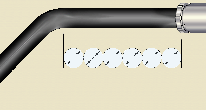
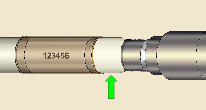
MANDATORY
CABLE TERMINUS ALIGNMENT
A minimum straight length of six (6) cable diameters is required at each finished cable end to allow for clearance and strain relief, unless specified otherwise in the engineering documentation.
Best Workmanship Practice
MANDATORY
COATING/FINISH
In applications requiring the cable assembly to be coated or painted, the finish shall be applied to the outer sheath only, and shall stop at least 5 mm (0.20 in.) from the back of the connector. The connector shall not be coated or painted.
Best Workmanship Practice

